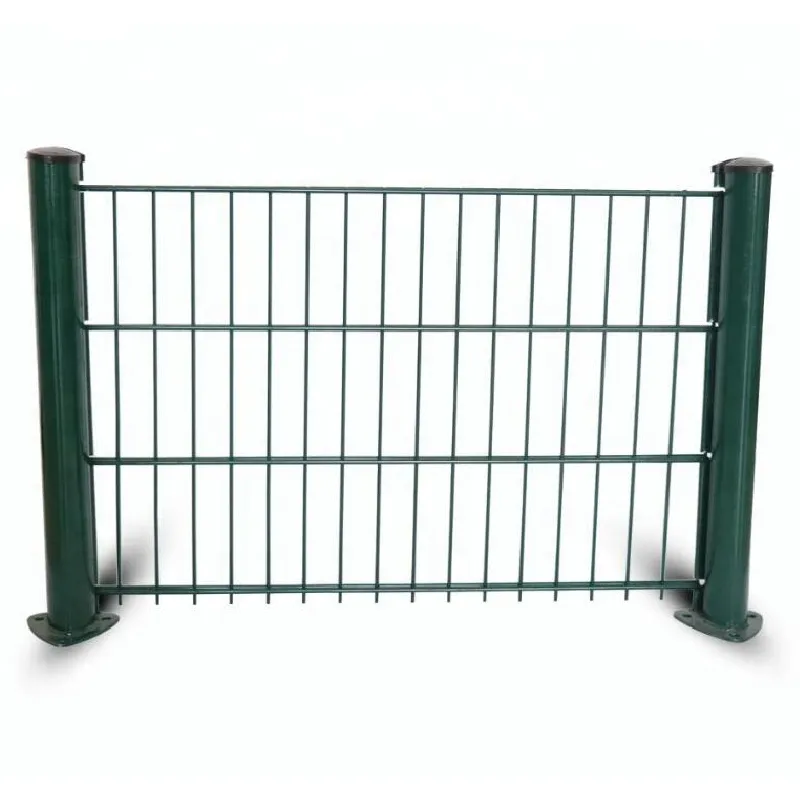
- Afrikaans
- Albanian
- Arabic
- Armenian
- Azerbaijani
- Basque
- Belarusian
- Bengali
- Bosnian
- Bulgarian
- Croatian
- Czech
- Danish
- Dutch
- English
- Esperanto
- Estonian
- Finnish
- French
- Galician
- Georgian
- German
- Greek
- hawaiian
- Hindi
- Hungarian
- Indonesian
- irish
- Italian
- Lao
- Latvian
- Lithuanian
- Luxembourgish
- Macedonian
- Maltese
- Myanmar
- Norwegian
- Polish
- Portuguese
- Romanian
- Russian
- Serbian
- Slovak
- Somali
- Spanish
- Swedish
- Thai
- Turkish
- Turkmen
- Vietnamese
ธ.ค. . 11, 2024 11:52 Back to list
rocks for gabions
Rocks for Gabions A Versatile Solution for Landscaping and Erosion Control
Gabions are versatile and effective structures used in various applications, including erosion control, landscaping, and infrastructure development. At the heart of these durable structures lies an essential material rocks. The selection of rocks for gabions is crucial as they not only impact the aesthetic appeal but also determine the structural integrity and durability of the project.
Understanding Gabions
Gabions are essentially wire-bound cages filled with rocks, stones, or sometimes concrete. These cages are designed to stabilize soil, control water flow, and prevent erosion caused by runoff and wave action. Commonly found in civil engineering projects, gabions are frequently used in retaining walls, riverbank protections, and as decorative elements in gardens and parks.
The Importance of Rock Selection
Choosing the right type of rock for gabions is critical for both the functionality and longevity of the structure. The ideal rocks should be strong, durable, and capable of withstanding environmental forces. Here are some factors to consider when selecting rocks for gabions
1. Material Durability The rocks need to be resistant to weathering, erosion, and chemical deterioration. Common options include granite, limestone, basalt, and river rock, each offering unique qualities suitable for various applications.
2. Size and Shape The stones used should ideally be angular and rough, allowing them to interlock effectively within the gabion. This interlocking prevents movement and ensures the stability of the structure. Typically, the sizes range from 4 to 8 inches, but variations can be used depending on the specific design and purpose of the gabion.
3. Weight Heavier stones provide better weight distribution and stability, making them a preferred choice for projects requiring enhanced resistance to hydraulic forces, such as riverbank stabilization.
rocks for gabions

4. Aesthetic Considerations For landscaping applications, the appearance of the rocks can play a significant role. Natural stones like granite and limestone offer a pleasing aesthetic and can complement surrounding landscapes beautifully.
Applications of Gabions
Gabions constructed with appropriately selected rocks have a multitude of applications
- Erosion Control Gabions can be strategically placed along shorelines or riverbanks to prevent soil erosion. They absorb and dissipate energy from flowing water, protecting the land behind them.
- Retaining Walls Gabions are frequently used to create retaining walls, ensuring the stability of slopes and preventing landslides. Their permeability allows water to pass through, reducing hydrostatic pressure behind the wall.
- Landscaping In decorative landscaping, gabions filled with colorful stones can create striking borders, pathways, and seating areas. They can also be used to form natural fences and hurdles.
- Water Management Gabions are effective in managing stormwater and reducing runoff. By utilizing gabions in drainage systems, water can be filtered and directed more effectively.
Conclusion
The use of rocks in gabions represents an innovative and practical solution for various environmental and landscaping challenges. By selecting the appropriate type, size, and shape of rocks, one can enhance the efficacy and beauty of gabions. Whether used for structural support, erosion control, or aesthetic enhancement, gabions filled with carefully chosen rocks continue to prove their worth in both urban and rural settings. As sustainability becomes increasingly important, gabions offer a natural and effective means to combat environmental challenges while adding value to our landscapes.
-
Razor Wire For Sale - Buy High-Security Concertina Wire
NewsAug.30,2025
-
Shop Galvanized Horse Panels for Sale | Durable & Secure Fencing
NewsAug.29,2025
-
Wholesale T Posts: Bulk Metal & Steel T Posts for Sale
NewsAug.28,2025
-
Comprehensive Guide to Wire Mesh Solutions: Security, Durability, and Customization
NewsAug.24,2025
-
Comprehensive Guide to Welded Fencing Solutions: Durability, Security, and Style
NewsAug.24,2025
-
Comprehensive Guide to Livestock Fence Panels: Safety and Efficiency for Your Animals
NewsAug.24,2025









